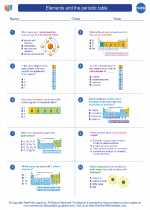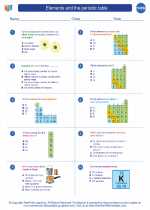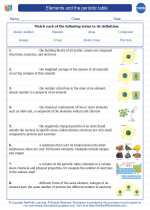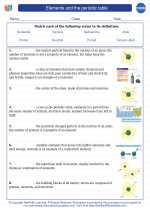Change in Chemistry
Change is a fundamental concept in chemistry, as chemical reactions involve the transformation of one set of substances into another. There are several types of changes that are important to understand in chemistry, including physical changes, chemical changes, and the conservation of mass.
Physical Changes
A physical change is a change in which the substance's physical properties are altered, but the identity of the substance remains the same. Examples of physical changes include changes in state (solid to liquid, liquid to gas), changes in shape or size, and dissolving. In a physical change, no new substances are formed.
Chemical Changes
Chemical changes, on the other hand, involve the formation of new substances with different chemical properties. Chemical changes are often accompanied by changes in energy, such as the release or absorption of heat or light. Examples of chemical changes include combustion, rusting, and fermentation. In a chemical change, the original substances are transformed into new substances with different properties.
Conservation of Mass
The law of conservation of mass states that in a chemical reaction, matter is neither created nor destroyed. This means that the total mass of the products of a chemical reaction is always equal to the total mass of the reactants. This principle is a fundamental concept in chemistry and is essential for balancing chemical equations.
Study Guide
When studying the concept of change in chemistry, it's important to understand the following key points:
- The difference between physical and chemical changes
- Examples of physical and chemical changes
- The law of conservation of mass and its application to chemical reactions
- How to balance chemical equations to satisfy the law of conservation of mass
It's also helpful to practice identifying and classifying different types of changes, as well as balancing chemical equations to reinforce your understanding of these concepts.
Remember, change is a central theme in chemistry, and a thorough understanding of the different types of changes and the principles that govern them is essential for success in the study of chemistry.
[Change] Related Worksheets and Study Guides:
.◂Chemistry Worksheets and Study Guides High School. Elements and the periodic table

 Worksheet/Answer key
Worksheet/Answer key
 Worksheet/Answer key
Worksheet/Answer key
 Vocabulary/Answer key
Vocabulary/Answer key
 Vocabulary/Answer key
Vocabulary/Answer key
 Vocabulary/Answer key
Vocabulary/Answer key
